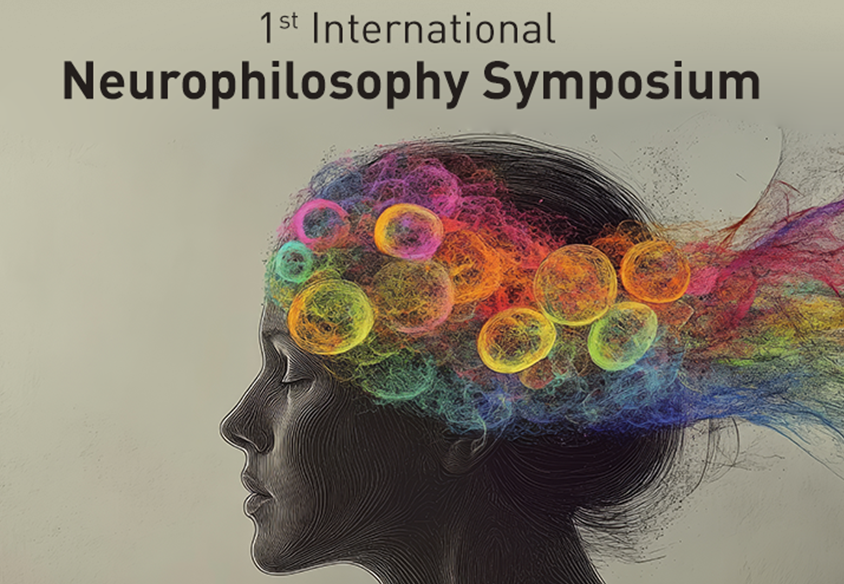Blur and Knowledge from Falsehood: Neural Network Science and Neurophysiology Meets Epistemology
Abstract
Convolutional neural networks (CNNs) trained on clear images fail catastrophically with degraded or blurry imagery. New results by Jang and Tong, and Pramod, Katti and Arun show visual object recognition is optimized by introducing peripheral blur. Optimizing recognition of objects this way empirically supports the significance of there being a hundred times less photoreceptors dedicated for peripheral vision than in the retina. These results refute a longstanding epistemic slogan: Knowledge of truths arises only from knowledge of truths. Blur-trained CNNs and humans recognize things in blurry, degraded and noisy environments—a dog, a radiator—that clear-image-trained CNNs don’t. Blurring is misinformation about what is seen, so the human perceptual system recognizes objects by processes that start from falsehood. Peripheral blur—misinformation about what is seen—is essential to perceptual knowledge.
Keywords:
convolutional neural nets, knowledge because of falsehoodsehood, knowledge from falsehood, peripheral blur, Gettier cases, Hilpinen casesDownloads
Metrics
References
Azzouni J. Knowledge and reference in empirical science. Routledge; 2000.
Azzouni J. The algorithmic-device view of informal rigorous mathematical proof. In: Sriraman B, editor. Handbook of the history and philosophy of mathematical practice. Volume 3. Springer; 2024. p. 2179-2260. (Appeared online in 2020.)
Bernecker S. Knowledge from falsehood and truth-closeness. Philosophia. 2022;50:1623-38.
Dennett DC. Consciousness explained. Little, Brown and Company; 1991.
DiCarlo JJ, Zoccolan D, Rust NC. How does the brain solve visual object recognition? Neuron. 2012;72:415-34.
Downloads
Published
How to Cite
Issue
Section
License
Copyright (c) 2024 Jody Azzouni

This work is licensed under a Creative Commons Attribution-NonCommercial-ShareAlike 4.0 International License.
Authors continue to hold copyright with no restrictions.














